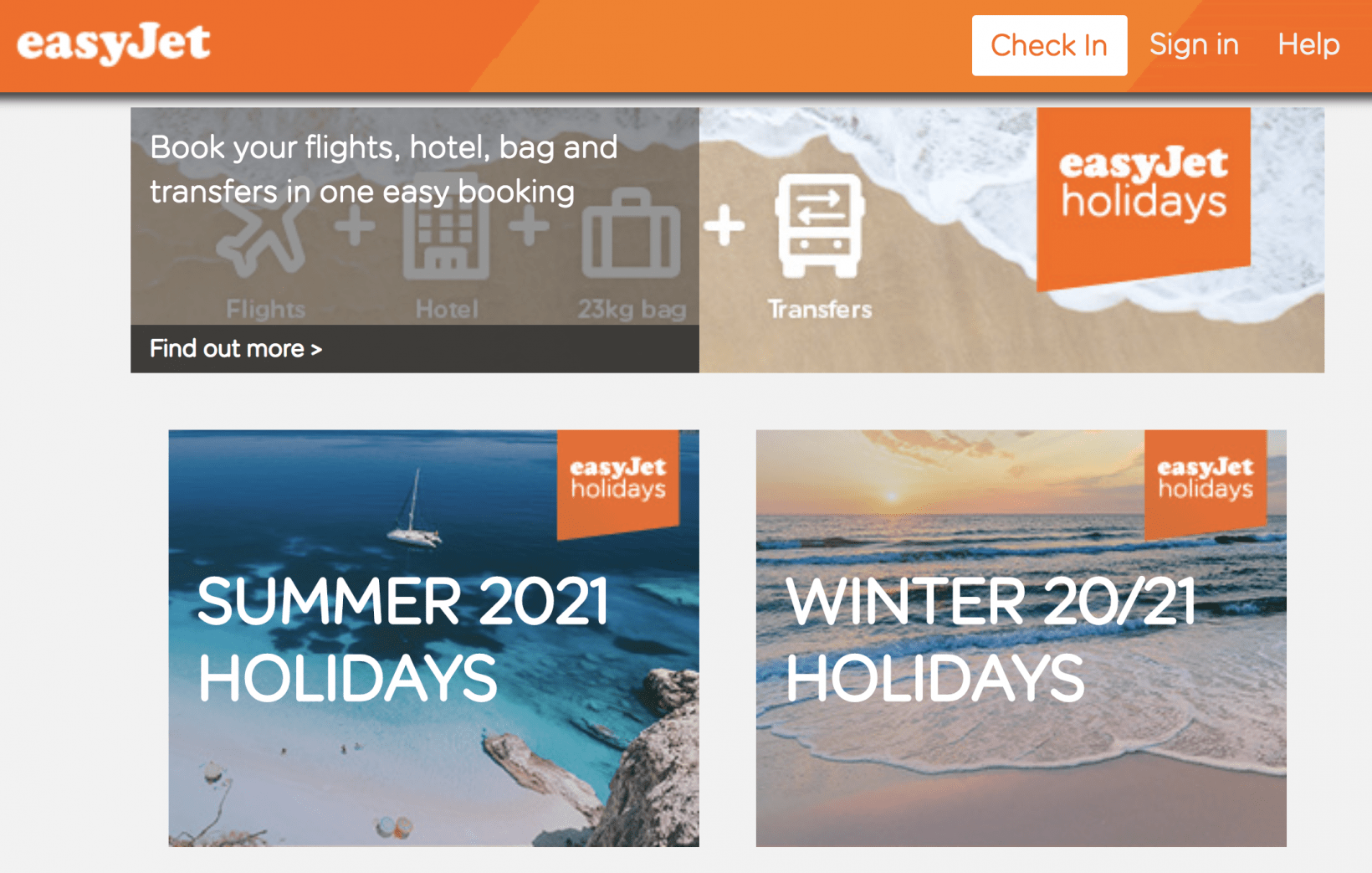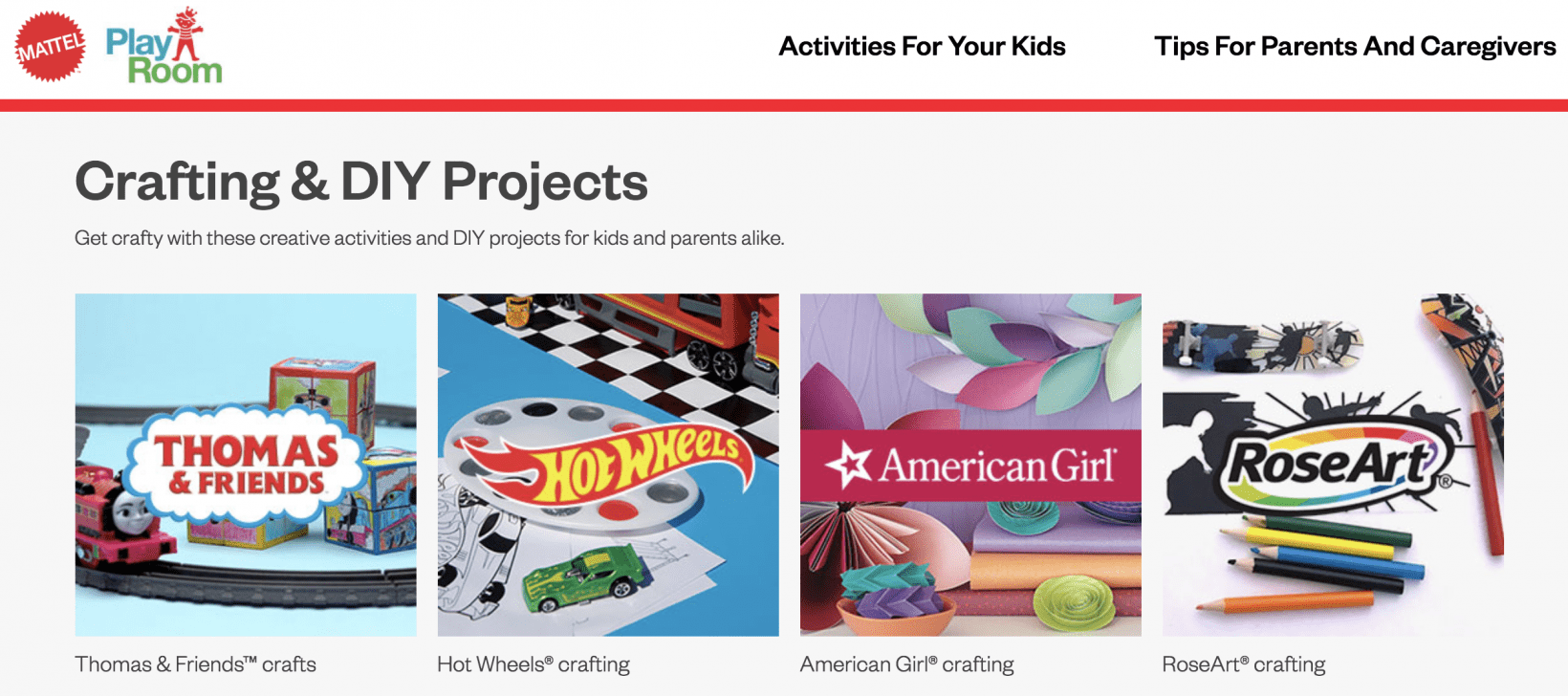Of course, it’s most likely that the advertiser had paid for this spot weeks or even months ago, before all of the safety measures. But hearing it while many bars and restaurants have been forced to close meant it came off as tone-deaf. Not just to its would-be customers, but also to staff and other operators in the hard-hit hospitality industry. This got me thinking about the coronavirus pandemic, and how the resulting lockdowns have created a challenging environment for brand marketers who need to figure out how to position their messaging in these unprecedented times.
— Matt Buechele (@mattbooshell) April 1, 2020 Of course, when getting in the mood to write about these issues, it also helped to receive emails from every company I’ve ever given my address to, telling me and thousands of other subscribers how deeply they care about what we’re going through. At the same time, many brands are also falling into the trap of “virtue signaling,” with so many of these emails going on and on about the health and safety of their employees being their top priority, which is why they’ve implemented home working policies. Many of these companies operate purely digital customer relationships, so if I didn’t need to know about their home working policies a month ago, I certainly don’t need to know now. But setting aside the SaaS exceptions for a moment, those more mainstream industries need to do better. Particularly in those sectors hardest hit – travel, hospitality, parts of retail – how can you keep your brand in customer’s minds without doing more harm than good? Even the mighty Google withdrew its annual April Fool’s Day pranks amid concerns it would be perceived as insensitive.
Might it be best to say nothing at all?
A study from Marketing Week and eConsultancy found that over half of brands are considering delaying their campaigns and slashing budgets, as they figure out what exactly they’re facing. But keeping quiet could create even worse risks than putting a foot wrong. Currently, we have no idea when or how the virus will subside or how the various restrictions will be lifted. It may be gradual, taking place over months. If your brand is maintaining radio silence now, at what point is it no longer insensitive to start putting out messaging again? If it takes until the fall for things to start feeling “normal again,” your customers could forget about your brand entirely. A far more pragmatic approach is to work out how to keep messaging going, but sensitively and thoughtfully. In doing so, you could actually enhance your brand image by demonstrating empathy with what customers are going through. Audiences are glued to their devices and ready to engage. Here are a few practical tips.
1. Audit all content across all channels
Firstly, review all current messaging and channels to make sure that what you’re saying isn’t tone-deaf to the current situation. If you’re in the travel or hospitality sector, this may mean pulling everything to start again.
— Pe:p Laja (@peeplaja) April 1, 2020 If you’re in ecommerce, particularly selling products that may be of high value in a crisis – think garden, toys, or hobby products, for example – it may simply be a matter of checking there’s nothing that could be deemed insensitive.
2. Be clear about what you are and aren’t offering during the crisis
Make sure customers know whether you’re open for business and how you’re navigating any issues. If a brick-and-mortar location is closed but customers can still order online, put it on the front page of your website and start pinning dedicated social posts. If there are restrictions on what people can buy, make sure they know what they are and why they’re in place. Also, make sure your messages are aligned across different channels. For example, the EasyJet website is currently promoting cheap flights for 2021. At the same time, the company has also been quoted in the press saying that its entire fleet is now grounded, and it doesn’t know when it will start operating again. Continuity error.
3. Make sure your messaging hierarchies are right
Almost every company has sent emails to customers explaining how they’re addressing the crisis, but most contain no useful information. If you’re going to communicate, make sure it’s relevant, and use the opportunity to differentiate. Put helpful information at the top of the email where most people are likely to read it. For example, I received an email from my bank a few days back that started by encouraging customers to use its online banking portal and listing out all the services that can be accessed online. A few paragraphs down, the email listed out some information about new free overdraft limits that would be critical for many customers right now. Which piece of information will people likely care about more?
4. Don’t be afraid to highlight your efforts to help
If your company or staff can and is doing something to address the crisis, then make sure this is at the forefront of your messaging. But only if you’re actually doing something cool. For example, Lush Cosmetics ran an excellent campaign early in the crisis, encouraging customers to come in store to wash their hands. Estée Lauder is one of many companies using its manufacturing facilities to make hand sanitizer.
— Lilian Chiwera (@lilian_chiwera) March 4, 2020 Empty of guests, many hotels are opening their doors to house homeless people. These are all meaningful acts that consumers are likely to remember once the crisis abates.
5. At all costs, avoid profiteering
This is an absolute no-no. Amid stories that some suppliers have hiked prices on essential protective equipment and disinfectant product, consumers will be heavily deterred from any brands attempting to profit from the crisis. However, several companies are taking an opportunity to offer their services and products to customers in a way that’s sensitive yet remains aligned with marketing goals. For example, Zoom is offering free services that will increase new signups without coming off as exploitative. Their blog explains this in a way that puts the customer at the forefront, even if the reality is a little different. Similarly, toy manufacturers, including Mattel and Hasbro, have introduced online initiatives aimed at helping parents find new ways to play with kids bored at home. Although the company’s products feature, there is no hard sell, and the initiatives are well-positioned as a means of reducing screen time.
Think about the people
The coronavirus crisis undoubtedly means that brands have to think carefully about how they position their message during these times. However, by taking an empathetic approach that actually takes into account what audiences are going through, there are still plenty of ways to ensure that your messaging resonates.

